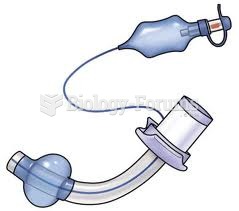|
|
|
Did you know?
In the United States, there is a birth every 8 seconds, according to the U.S. Census Bureau's Population Clock.
Did you know?
The tallest man ever known was Robert Wadlow, an American, who reached the height of 8 feet 11 inches. He died at age 26 years from an infection caused by the immense weight of his body (491 pounds) and the stress on his leg bones and muscles.
Did you know?
There are 20 feet of blood vessels in each square inch of human skin.
Did you know?
Green tea is able to stop the scent of garlic or onion from causing bad breath.
Did you know?
The immune system needs 9.5 hours of sleep in total darkness to recharge completely.







